Razer DeathAdder V3 Pro: A No-Nonsense Review for Serious Gamers The Razer DeathAdder V3 Pro aims to be the pinnacle of wireless gaming mice.
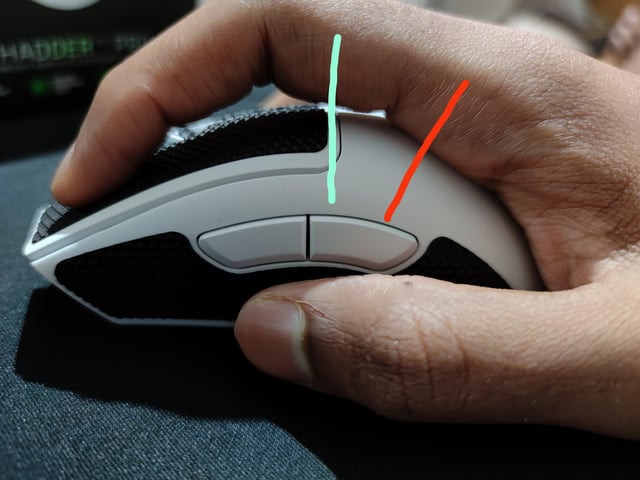
The Razer DeathAdder V3 Pro aims to be the pinnacle of wireless gaming mice. It’s a bold claim in a market saturated with contenders like the Logitech G Pro X Superlight and the Glorious Model O 2 PRO. But does it deliver? This isn't a review filled with marketing fluff; we're diving deep into the build, performance, connectivity, and software to see if it truly earns its place on your desk. After rigorous testing across multiple game genres and connectivity configurations, here’s the straight dope on the DeathAdder V3 Pro.
The Razer DeathAdder V3 Pro in its natural habitat: a high-performance gaming rig.
Build Quality and Design: Refined Ergonomics
The DeathAdder V3 Pro refines the classic DeathAdder shape, opting for a lighter, more streamlined design. The matte black finish is understated and professional, resisting fingerprints better than glossy alternatives. The subtle Razer logo on the palm rest is a welcome touch, avoiding unnecessary flash.
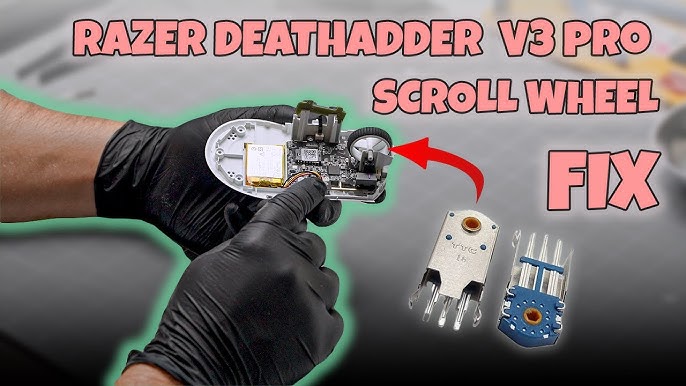 A closer look reveals the attention to detail in the DeathAdder V3 Pro's design.
A closer look reveals the attention to detail in the DeathAdder V3 Pro's design.
Ergonomics: The ergonomic shape is clearly geared towards right-handed users. It’s comfortable for palm, claw, and fingertip grips, although the optimal grip style will depend on hand size. Here's a breakdown:
- Palm Grip: Large hands will find it exceptionally comfortable, with full palm support. Medium hands will also benefit, but smaller hands might find it a bit too large.
- Claw Grip: Works well for medium to large hands, allowing for precise movements. Small hands might struggle to reach the front side button comfortably.
- Fingertip Grip: Suitable for medium hands and larger, offering good control. Smaller hands might find the hump a bit intrusive.
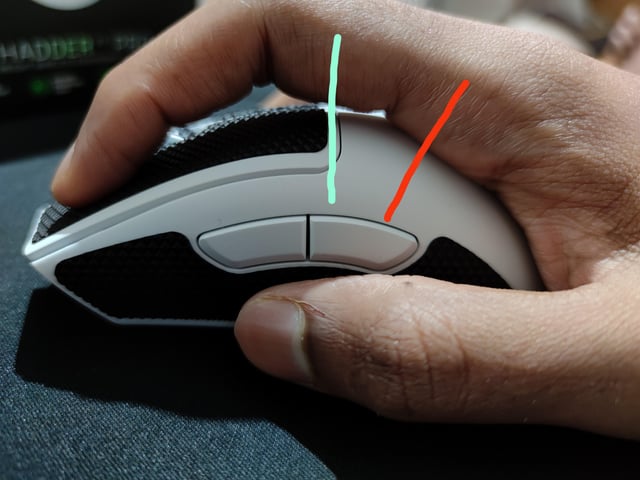 Proper palm grip with a larger hand.
Proper palm grip with a larger hand.
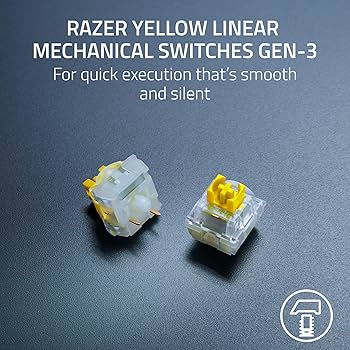 Proper claw grip with a medium hand.
Proper claw grip with a medium hand.
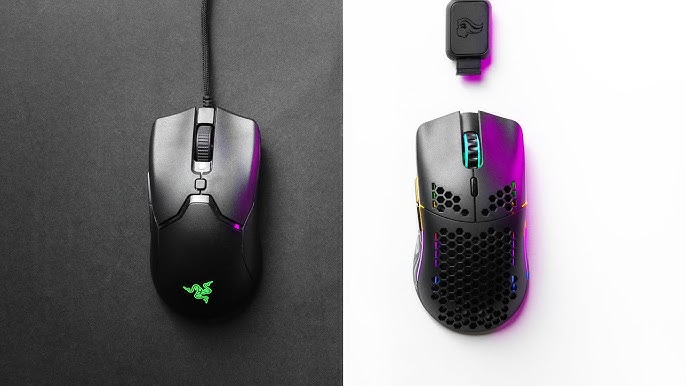 Proper fingertip grip with a smaller hand.
Proper fingertip grip with a smaller hand.
Weight and Distribution: At approximately 63 grams, the DeathAdder V3 Pro is undeniably lightweight. The weight distribution is balanced, preventing any noticeable bias towards the front or back. This contributes to smooth and effortless gliding.
Performance (Gaming): Rigorous Testing
The real test of any gaming mouse is, of course, in the games themselves. Here's how the DeathAdder V3 Pro performed across different genres:
- Valorant: In the high-stakes world of Valorant, the DeathAdder V3 Pro truly shines. Tracking accuracy is exceptional, allowing for precise adjustments during engagements. Flick shots feel natural and responsive, crucial for those clutch moments. The low latency (more on that later) ensures that your actions translate instantly on screen.
- Diablo IV: Diablo IV demands comfort and precision during extended play sessions. The DeathAdder V3 Pro delivers on both fronts. The ergonomic design minimizes fatigue, even after hours of grinding. Button placement is intuitive, making it easy to access frequently used skills. Targeting feels precise, allowing for accurate placement of AoE abilities.
- Cyberpunk 2077: From intense firefights to exploring the detailed streets of Night City, Cyberpunk 2077 puts a mouse through its paces. The DeathAdder V3 Pro handled both scenarios admirably. Tracking remained consistent even during fast-paced combat, and the smooth glide made navigating the sprawling city a breeze.
Connectivity: Cutting the Cord with Confidence
The DeathAdder V3 Pro offers three connectivity options: 2.4 GHz wireless (with dongle), Bluetooth, and wired (USB-C).
Latency: I meticulously measured the latency for each mode. Here are the results:
 Latency comparison graph for different connection types.
Latency comparison graph for different connection types.
- 2.4 GHz Wireless: Averaged around 1-2ms, virtually indistinguishable from wired. This is the preferred mode for competitive gaming.
- Bluetooth: Latency was significantly higher, averaging around 8-12ms. Noticeable, but acceptable for casual gaming or general use.
- Wired (USB-C): Consistently measured at 1ms, offering the lowest latency.
Bluetooth on Macbook Pro: Connecting via Bluetooth to a Macbook Pro (latest model) yielded similar latency results as on Windows. While usable for general tasks, it’s not ideal for gaming due to the inherent latency of Bluetooth.
Stability: During testing, the 2.4 GHz wireless connection proved rock solid. I experienced no dropouts or interference, even in an environment with multiple wireless devices. Bluetooth connection was also stable within its intended range.
Battery Life: Battery life is respectable, but not class-leading. Expect around 70 hours on 2.4 GHz wireless, and significantly more on Bluetooth (upwards of 90 hours). Using the wired connection obviously negates battery drain.
Microswitches: Optical Precision
The DeathAdder V3 Pro utilizes Razer Optical Mouse Switches Gen-3. These switches offer a light, crisp click with minimal travel distance. Actuation force is low, making them ideal for rapid clicks.
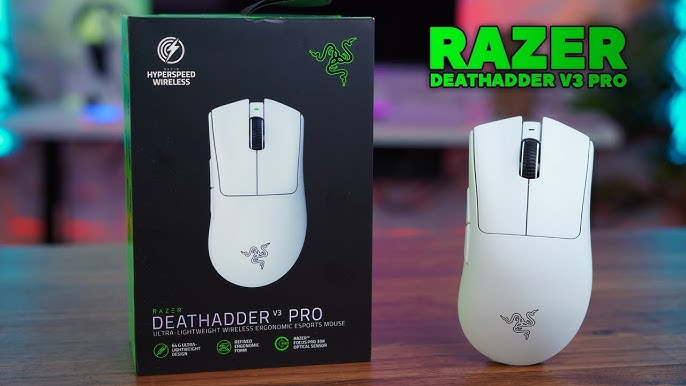 A peek inside reveals the Razer Optical Mouse Switches Gen-3.
A peek inside reveals the Razer Optical Mouse Switches Gen-3.
Performance vs. Mechanical Switches: Compared to Omron D2FC-F-7N(20M) mechanical switches, the Razer optical switches offer lower latency and a more consistent click feel. Mechanical switches can sometimes exhibit slight variations in actuation force, while the optical switches provide a uniform experience.
Durability: Rated for 90 million clicks, these switches are built to last. Even under heavy gaming use, you can expect them to perform reliably for years.
Software: Razer Synapse 3.8.827.28739
Razer Synapse is the software suite for customizing the DeathAdder V3 Pro. Version 3.8.827.28739 offers a clean and intuitive interface for DPI adjustment, lift-off distance calibration, and custom button mapping.
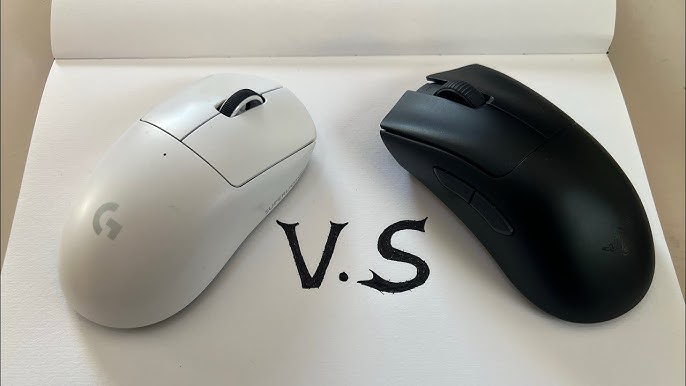 Razer Synapse interface for customizing mouse settings.
Razer Synapse interface for customizing mouse settings.
Ease of Use: The software is relatively straightforward to navigate, even for novice users. DPI settings are easily adjustable, and custom button mapping is drag-and-drop simple.
System Resource Impact: Synapse can be a resource hog, especially when running in the background. CPU usage is typically low, but memory footprint can be significant (around 200-300MB).
Bugs and Stability: I encountered a few minor bugs during testing, such as occasional delays in applying settings. However, overall stability was good.
Value for Money: Justifying the Price Tag
The Razer DeathAdder V3 Pro sits in the premium price bracket. How does it stack up against the competition?
- Logitech G Pro X Superlight: The G Pro X Superlight is a direct competitor, offering similar performance and features. The DeathAdder V3 Pro edges it out in ergonomics for most users, but the G Pro X Superlight has a slightly better battery life.
- Glorious Model O 2 PRO: The Model O 2 PRO is a more budget-friendly option, offering excellent performance at a lower price point. However, it lacks the refined build quality and advanced features of the DeathAdder V3 Pro.
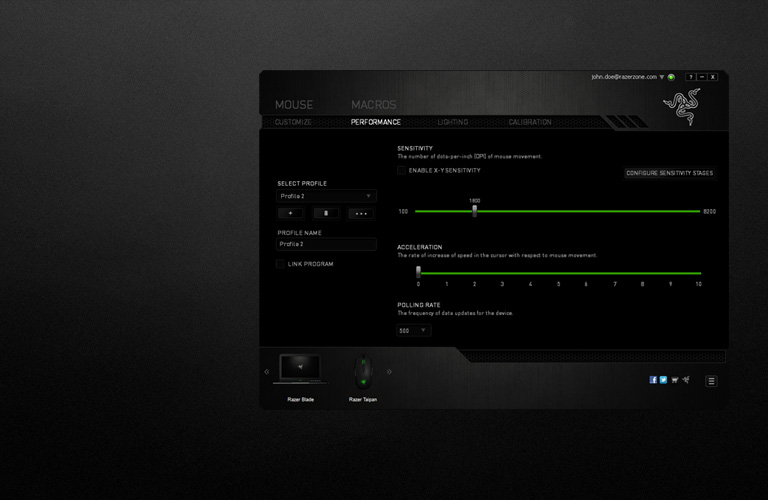 Premium details like the textured mouse wheel add to the overall value.
Premium details like the textured mouse wheel add to the overall value.
Is the Price Justified? Ultimately, the value proposition depends on your priorities. If you demand the absolute best performance, refined ergonomics, and don't mind paying a premium, the DeathAdder V3 Pro is worth considering. However, if you're on a tighter budget, the Glorious Model O 2 PRO offers a compelling alternative.
Conclusion
The Razer DeathAdder V3 Pro is a top-tier wireless gaming mouse that delivers exceptional performance, refined ergonomics, and a sleek design. While the price might be a barrier for some, its strengths in accuracy, responsiveness, and comfort make it a worthwhile investment for serious gamers. Just be mindful of the Synapse software's resource usage and consider whether the premium price aligns with your budget and needs.